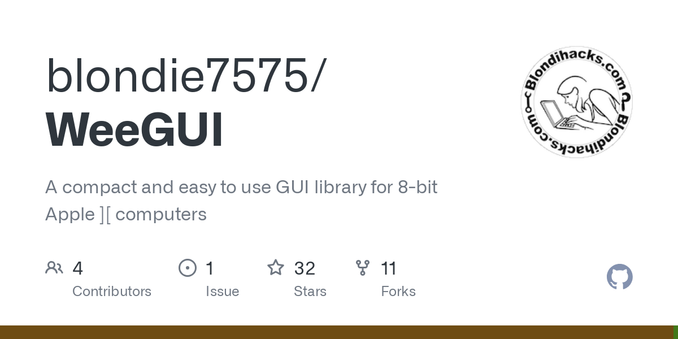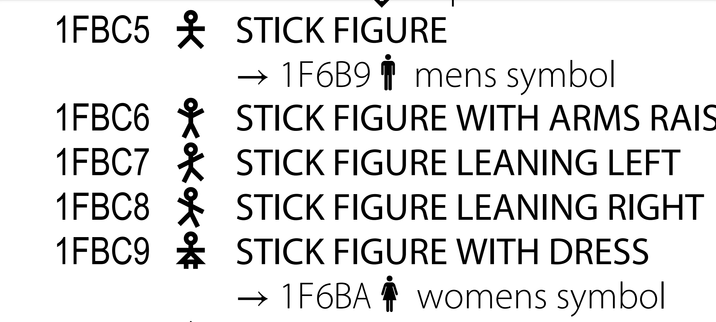@kw217 @mikiobraun @timbray @annaf several of these map to the 32 "MouseText" characters that were available on later Apple II models. They were designed for creating text-based interfaces and used in iconic software like AppleWorks.
<https://github.com/blondie7575/WeeGUI/blob/master/docart/romchars2.jpg>
@mikiobraun @kw217 @timbray @annaf yes. This was the origin of this project. I asked on the Unicode mailing list why some symbols in PETSCII was missing, and the answer was basically because no one had made a good case for their inclusion.
It was then noted that there were several other computers whose characters were missing, so a working group was formed to create a new proposal.
Specifically for PETSCII, most characters already existed, so the legacy computing proposal added the remaining ones

